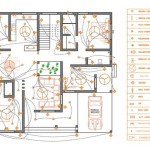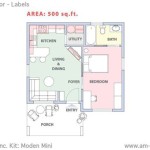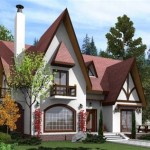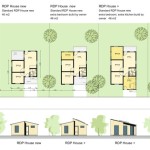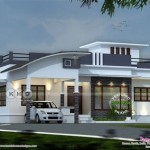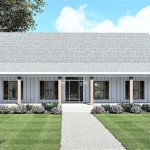Large Colonial House Plans
Large colonial house plans offer a timeless appeal, evoking a sense of history and grandeur. Characterized by symmetrical facades, prominent entryways, and multi-paned windows, these homes present a classic architectural style adaptable to modern living. Their enduring popularity stems from a combination of aesthetic charm and practical functionality, making them a desirable choice for many homeowners.
Several key features define colonial architecture. A central front door, often adorned with a decorative crown or pediment, anchors the façade. Windows are typically arranged symmetrically on either side of the entry and across multiple stories. Traditional colonial homes often feature dormers, adding visual interest and increasing usable space in the attic. Columns, pilasters, and other classical details frequently embellish the exterior, contributing to the overall stately appearance.
Within the broad category of colonial architecture, distinct regional variations exist. Georgian colonials, prevalent in the 18th century, emphasize symmetry and formal balance. They often feature dentil molding, elaborate door surrounds, and multi-paned windows arranged in uniform patterns. Dutch colonial homes, common in the Mid-Atlantic region, are recognizable by their gambrel roofs, which create more usable space in the upper stories. Cape Cod colonials, originating in New England, are typically smaller and simpler, characterized by symmetrical facades, steep roofs, and minimal ornamentation.
Large colonial house plans take these traditional elements and adapt them to accommodate contemporary lifestyles. While maintaining the classic exterior characteristics, modern floor plans incorporate open-concept living spaces, expansive kitchens, and luxurious master suites. These updated designs offer the charm of a historical style while providing the comfort and convenience of modern amenities.
One of the significant advantages of large colonial house plans is their adaptability to various lot sizes and orientations. Their rectangular footprint efficiently utilizes space, making them suitable for both narrow and wide lots. The symmetrical design allows for flexible placement of windows and doors, maximizing natural light and views while maintaining the architectural integrity.
The interior layout of large colonial homes typically follows a traditional center-hall plan. A central hallway runs through the house, providing access to rooms on either side. This layout creates a clear separation between public and private spaces, with formal living and dining rooms located at the front of the house and family rooms and kitchens toward the rear. Upstairs, bedrooms are typically arranged around a central landing or hallway.
Modern adaptations of the colonial style often incorporate open-concept living areas that seamlessly integrate the kitchen, dining, and family rooms. This creates a more casual and communal living space while still maintaining the overall elegance and formality of the colonial style. Large windows and strategically placed skylights maximize natural light, enhancing the sense of spaciousness.
Exterior materials for large colonial homes typically include wood, brick, or stucco. Wood siding, often painted in traditional colors like white, beige, or gray, provides a classic look. Brick exteriors offer durability and a timeless appeal. Stucco, a more contemporary option, provides a smooth, clean finish that complements the symmetrical lines of the colonial style.
Landscaping plays a vital role in enhancing the curb appeal of large colonial homes. Formal gardens, symmetrical plantings, and well-maintained lawns complement the architectural style. Adding features like a cobblestone driveway, a brick walkway, or a classic porch swing further enhances the traditional aesthetic.
When choosing a large colonial house plan, careful consideration should be given to the specific needs and preferences of the homeowner. Factors such as the desired number of bedrooms and bathrooms, the size and layout of the kitchen and living areas, and the inclusion of specialized spaces like a home office or a media room should be carefully evaluated. Working with an experienced architect or home designer can ensure that the final plan meets all the requirements while staying true to the desired colonial style.
The versatility of large colonial house plans allows for customization to suit individual tastes and preferences. Whether one prefers a more traditional or a more contemporary interpretation of the style, numerous options exist. From grand estates to more modest-sized homes, colonial architecture offers a timeless appeal that continues to resonate with homeowners seeking classic elegance and enduring value.
The enduring popularity of large colonial house plans reflects their timeless appeal and adaptability. By blending classic architectural elements with modern amenities and open-concept living spaces, these homes offer both elegance and functionality, making them a desirable choice for those seeking a classic yet contemporary living experience.

Brick Home Plan With Seven Bedrooms 4711 Grand Colonial 2902

Center Hall Colonial House Plan 44045td Architectural Designs Plans

Colonial Luxury Home With 6 Bdrms 6234 Sq Ft House Plan 108 1277

Colonial House Plans Dutch Modern More Monster

New N Colonial House Plans 8 Opinion Farmhouse

Colonial House Plan With 5 Bedrooms And 2 Baths 7004

7 Bedroom Colonial House Plan Mansion Floor Plans One Story Large

New England Colonial House Plans Monster

Colonial House Plans Southern Floor

Colonial House Plans Traditional Designs Drummond


